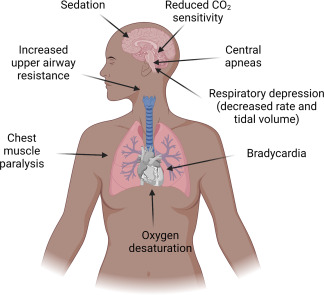Which pregnant woman should restrict her weight gain during pregnancy?
Woman shorter than 62 inches or 157 cm
Woman in early adolescence
Woman who was 30 lbs overweight before pregnancy
Woman pregnant with twins
The Correct Answer is C
Choice A reason: Woman shorter than 62 inches or 157 cm should not restrict her weight gain during pregnancy, as she may have a higher risk of delivering a low birth weight infant. She should follow the recommended weight gain guidelines based on her pre-pregnancy body mass index (BMI).
Choice B reason: Woman in early adolescence should not restrict her weight gain during pregnancy, as she is still growing and developing herself. She may need more calories and nutrients than an adult woman to support her own health and the fetal growth.
Choice C reason: Woman who was 30 lbs overweight before pregnancy should restrict her weight gain during pregnancy, as she may have a higher risk of developing gestational diabetes, hypertension, or preeclampsia. She should aim for a lower weight gain range than a woman with a normal BMI.
Choice D reason: Woman pregnant with twins should not restrict her weight gain during pregnancy, as she needs more energy and nutrients to support the growth of two fetuses. She should aim for a higher weight gain range than a woman with a singleton pregnancy.
Nursing Test Bank
Naxlex Comprehensive Predictor Exams
Related Questions
Correct Answer is D
Explanation
Choice A reason: Cheese is a good source of calcium, protein, and vitamin B12, but not folates. Folate is a water-soluble vitamin that is essential for the synthesis of DNA and the prevention of neural tube defects in the fetus.
Choice B reason: Potatoes are a good source of carbohydrates, potassium, and vitamin C, but not folates. Folate is found mainly in plant-based foods, especially dark green vegetables.
Choice C reason: Chicken is a good source of protein, iron, and zinc, but not folates. Folate is more abundant in legumes, nuts, and seeds than in animal products.
Choice D reason: Green leafy vegetables are a good source of folates, as well as vitamin A, vitamin K, and fiber. Folate is also known as folic acid when it is added to fortified foods or supplements. Pregnant women need at least 600 micrograms of folate per day.
Correct Answer is C
Explanation
Choice A reason: A sleepy, sedated affect is not a concerning sign, as it is a common side effect of magnesium sulfate. Magnesium sulfate is a central nervous system depressant that can cause drowsiness, lethargy, and reduced alertness.
Choice B reason: Absent ankle clonus is not a concerning sign, as it indicates a normal neuromuscular response. Ankle clonus is a rhythmic jerking of the foot when the ankle is dorsiflexed. It is a sign of hyperreflexia, which can occur in severe preeclampsia due to increased blood pressure and cerebral edema.
Choice C reason: A respiratory rate of 10 breaths/min is a concerning sign, as it indicates respiratory depression. This is a serious complication of magnesium sulfate toxicity, which can lead to respiratory arrest and death. The nurse should monitor the woman's respiratory rate closely and report any signs of respiratory distress.
Choice D reason: Deep tendon reflexes of 2+ are not a concerning sign, as they indicate a normal neuromuscular response. Deep tendon reflexes are graded from 0 to 4, with 2 being the average. Magnesium sulfate can cause hyporeflexia or areflexia, which are signs of magnesium sulfate toxicity.

Whether you are a student looking to ace your exams or a practicing nurse seeking to enhance your expertise , our nursing education contents will empower you with the confidence and competence to make a difference in the lives of patients and become a respected leader in the healthcare field.
Visit Naxlex, invest in your future and unlock endless possibilities with our unparalleled nursing education contents today
Report Wrong Answer on the Current Question
Do you disagree with the answer? If yes, what is your expected answer? Explain.
Kindly be descriptive with the issue you are facing.
